We don’t need to tell anyone that one of the most famous space sagas of all time is Star Wars. Although not exactly a work of science fiction, this space opera that takes us to a galaxy far, far away has introduced us to many new planets throughout its 42 years of existence.
But because it is not a science fiction franchise, the writers of the saga have never worried much about the scientific likelihood of what they present to us on screen. So a group of scientists from Stanford University’s School of Earth, Energy & Environmental Sciences met to discuss whether or not the planets we see in the franchise could exist in the real world.
Mustafar
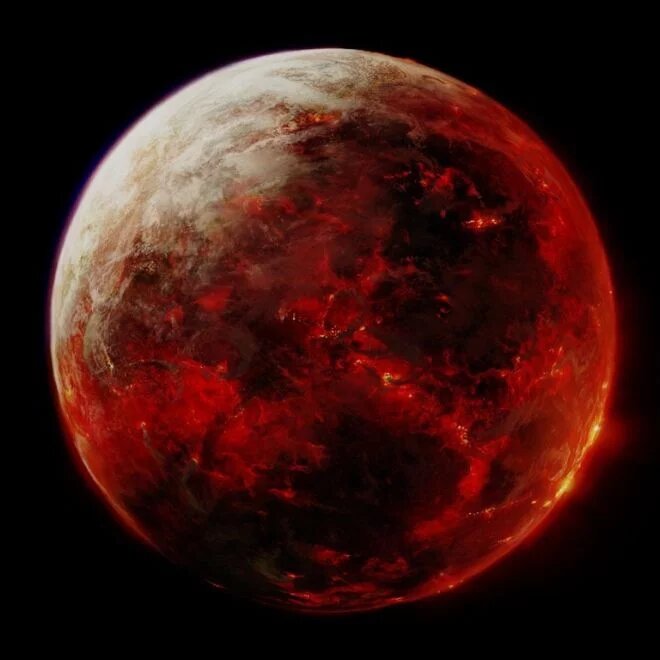
At the end of Revenge of the Sith, Obi Wan Kenobi and an Anakin Skywalker who has just been seduced into the Dark Side of the duel in Mustafar, a planet that has almost no landmass and is almost completely dominated by an ocean of lava. But could such a planet exist in the real world?
For Sonia Tikoo-Schantz, an adjunct professor in the geophysics department, it is possible that such a planet actually exists because of the phenomenon known as tidal warming. A real parallel present in the Milky Way is Io, one of the moons of Jupiter, which is the body of the most volcanically active Solar System. This is because the gas giant’s intense gravitational pull deforms the natural satellite and causes its inner layers to friction, generating a huge amount of heat.
Laura Schaefer, an adjunct professor in the geology department, mentions that another possibility for the existence of a planet like Mustafar already found by researchers are exoplanets that orbit so close to their stars that they can keep permanent oceans of lava on its surface. The temperature is always so high that there is no possibility of cooling.
But while the existence of a planet like Mustafar is not only possible, but there is a very similar world in our own star system, it would be impossible for any light saber duel to occur on the surface of such a planet, as we see in Star Wars. This is because, either by tidal warming or orbiting very close to its stars, the surface of such a planet would be so hot, and the atmosphere so full of toxic gases, that any Jedi would turn barbecue before even turning on the lightsaber.
Hoth
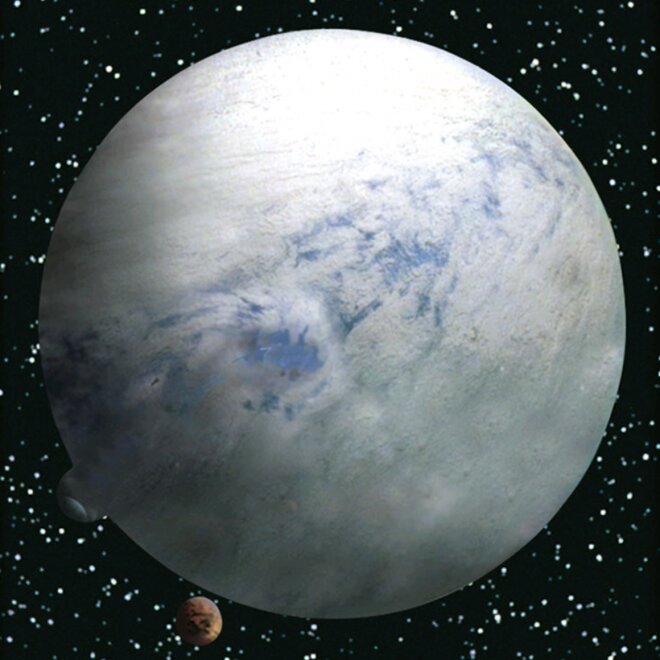
Frozen planets are not new to our universe: normally any planet that is too far from the orbiting star can become an ice-covered planet just like Hoth. But in The Empire Strikes Back, the Rebel Alliance must flee a massive attack by Empire troops from their base on the frozen planet, and one of the questions raised is how the rebels could map the surface of the planet to chart the best routes. of escape?
According to Mathieu Lapôtre, an adjunct professor in the geology department, from what we can see in the movie, Hoth is not exactly an “icy planet” but an “ice-covered planet”. This means that it is not entirely formed by ice blocks – such as Saturn’s Enceladus moon – but is more like Earth during its glacial periods: a planet made up of rocks that are covered by a large ice sheet
But whether it’s a planet made entirely of ice or a planet just temporarily frozen, the best way to map it would be to use a ground-penetrating radar. That’s because, according to Dustin Schroeder (assistant professor in the geophysics department), both ice and rock behave similarly, which would make this technique ideal for mapping the entire planet, allowing for the creation of fortified infrastructure and roads to avoid all places where ice is weaker and tends to break over time.
According to the scientist, this radar mapping could be done by an orbital spacecraft itself. Now, if a more detailed reading is required, the best option would be to load these radars into tauntaun sledges (a native Hoth creature that looks like a mix of a kangaroo and a llama), as the snowpeeder ships are too fast to perform. any reading accurately.
Asteroid Belt
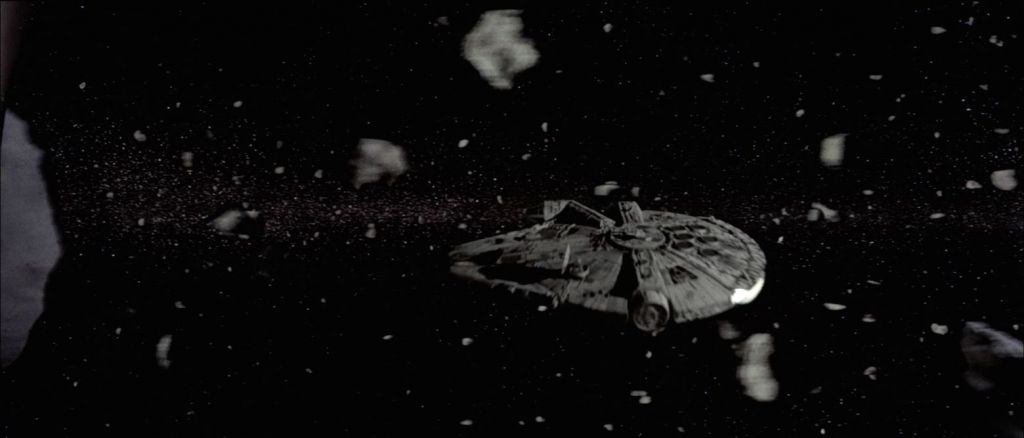 Millenium Falcon Passing an Asteroid Belt (Image: Disney)
Millenium Falcon Passing an Asteroid Belt (Image: Disney)Shortly after escaping from Hoth, heroes must escape an asteroid belt in the Millenium Falcon and, after dodging several debris, they land on a slightly larger rock, which they find to be home to one. space worm. But is there a possibility of a life form existing in the asteroid belt?
According to Tikoo-Schantz, the very idea that a ship has to be dodging rocks when navigating an asteroid belt – a notion that is shared not only by Star War, but by hundreds of other films, series and games. Space-themed video games – something that has nothing to do with what happens in the real world. According to the scientist, the average distance between an asteroid and another in a belt formation is 965,000 kilometers, so there is no need to be “diverting” with the ship: just draw a straight line that is most likely You will not hit anything.
Another problem is how this formation was created: according to the Star Wars canon, the asteroid field through which Millenium Falcon must pass is the result of a collision between two rocky planets. Thus, such a field would be virtually impossible to exist in the real world, as collisions between planets in the Solar System occurred in the formative years of our space backyard. Still, considering life as we know it here on Earth, until some planet develops life (which will say intelligent), to the point of a civilization creating spaceships to travel at speeds faster than light, the debris resulting from a planetary collision they would have united by gravitational forces to the point of creating a new planet or moon, or they would have already suffered so much interference from the gravity of the other planets in the system that they would have already been expelled from the system. In the real world,
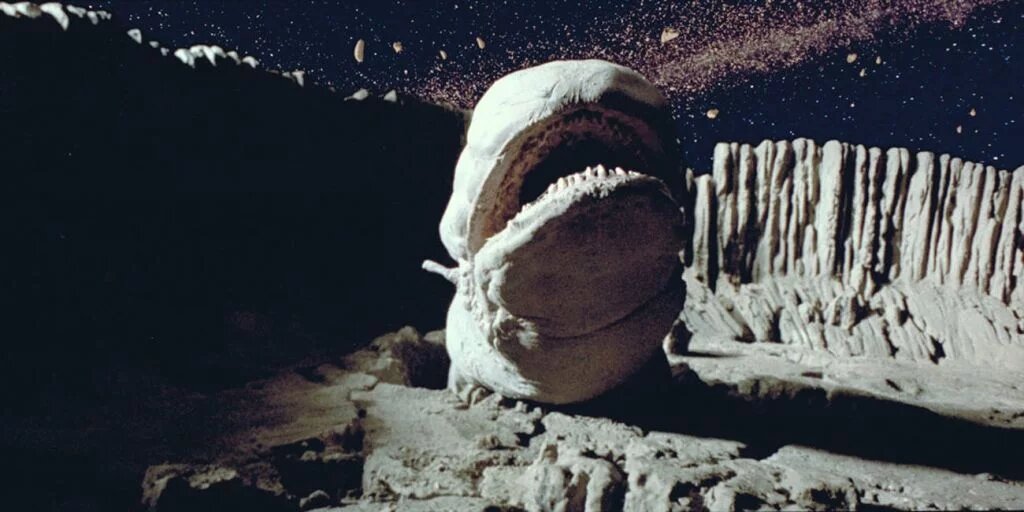
Now, as to whether an asteroid belt body could serve as a habitat for a life form (such as a giant worm), this is another story but with the same outcome: it is only possible in fiction. According to Schaefer, an asteroid does not have the ideal conditions for life development, especially the giant worm type. This is because if we consider the largest object in the asteroid field of our Solar System (Ceres, which is currently classified as a dwarf planet), its size is about the same as in the state of Texas, which means that it is too small to have a gravitational field that allows the development of an atmosphere, which is vital for maintaining water in the surface of this body.
Thus, only a few microscopic bacteria and animals, such as tardigrades (also known as water bears), could survive on the surface of an asteroid if they found a way to get there, but would remain dormant and never have the resources. needed to evolve into the form of a giant worm.
Tatooine
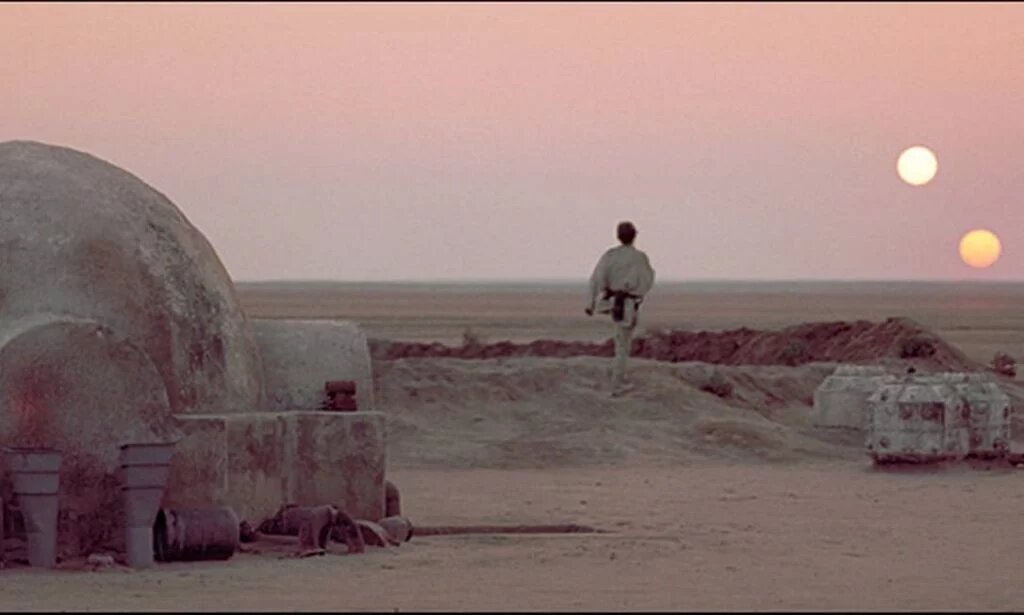
One of the most beautiful scenes in A New Hope is one where we see Luke admiring the sunset at Tatooine, and we are approached by a beautiful image of a planet with two suns. But is it possible not only to have a planet orbiting two stars, but also to be habitable?
According to Schaefer, this is possible, yes. The scientist reveals that half of all Sun-like stars that are known today are in binary systems, and that astronomers and astrophysicists have already been able to identify 143 planets in systems like this. This means that today we already know of the existence of 143 planets that have two suns in their skies – just like Tatooine.
These planets are divided into 97 systems and of these 22 planets orbit the two stars at the same time – which means that in each of these 22 systems there is a possibility of a double sunset just as in the first Star Wars movie . The strangest thing about the movie, however, is that Tatooine’s two suns are about the same size, since in every binary system there is always one star that is much bigger than the other.
Another curiosity is that most of these systems are also coplanar, which means that both the planets and the stars they orbit were formed from the same protoplanetary disk. According to Schaefer, the formation process of these systems is the same as those that have only a single star (like our Solar System), except that to form two stars, the protoplanetary disk would have to be much larger than those of those single-star systems, and because of greater gravitational force, all the planets that formed very close to the stars of these binary systems were expelled out of the system.
Now, as to whether one of these planets could be habitable, the professor says it would not be unlikely, just needing it to be far enough away from the two stars for the surface to be warm enough for the state to have water. liquid and hence life. So if you dream of ever seeing a double sunset like Tatooine’s, in theory this is not impossible, just very unlikely to happen in the near future with today’s available space technologies.
Source: Futurity